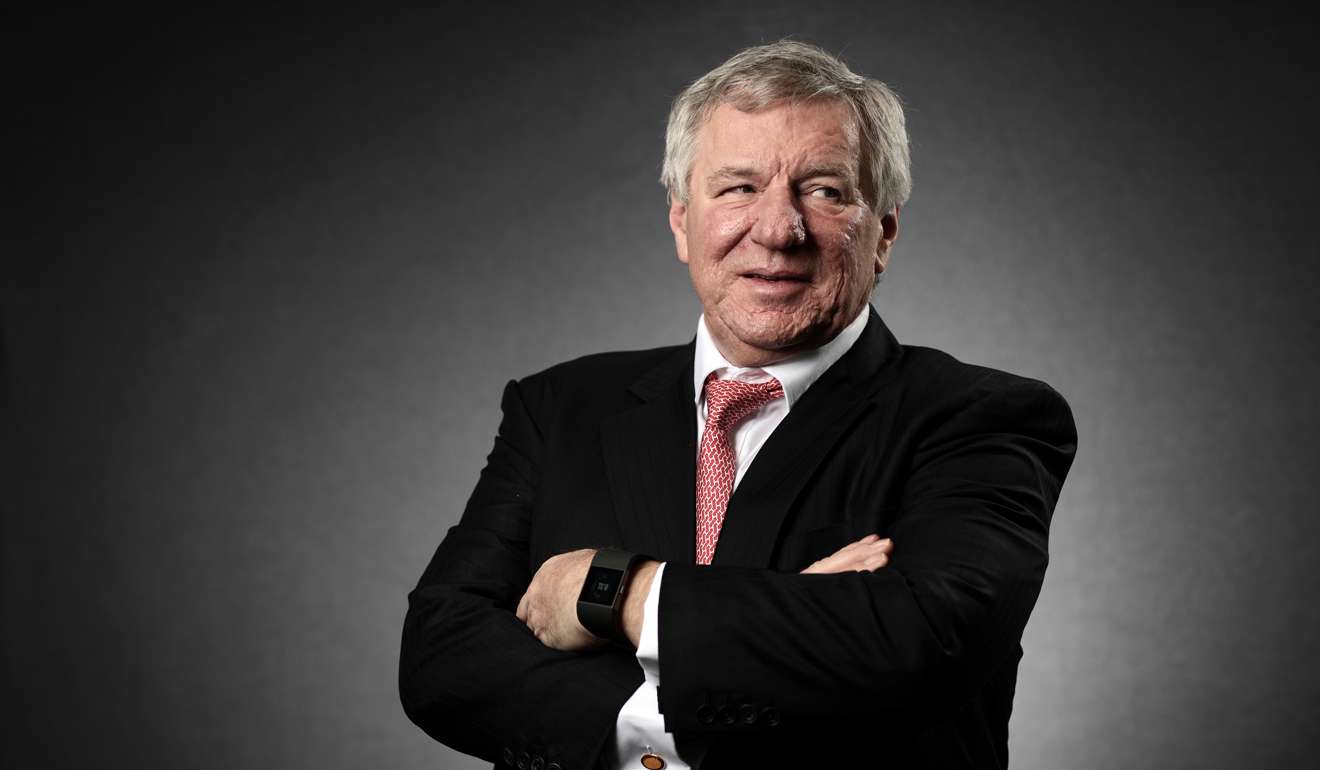
Why two heads aren’t better than one when it comes to business
Mergers only become more complicated when both chief executives are retained to lead the new entity
Making mergers work is really difficult. Indeed, the history of mergers is littered with failures.
And there is one sure-fire way of making a difficult task that bit more problematic, and that is for the two companies involved in the merger to retain their chief executives as co-leaders of the new enterprise.
Yet this is precisely the plan for the merger of Scottish-based Standard Life and Aberdeen Asset Management, designed to create one of Europe’s largest asset managers. Both Standard’s Keith Skeoch and Aberdeen’s Martin Gilbert will be retained as co-CEOs.
In the name of equality the new combined board will also be evenly divided between directors from the two companies.
There may be something attractive about the ‘two heads are better than one’ concept but the brutal fact is businesses are not amenable to large doses of democracy
Yet, this is no merger of equals. Standard dwarfs Aberdeen in size and the two companies have rather different cultures. To put it crudely, Standard can be seen as the more conventional operator whereas Aberdeen has a reputation as a more maverick entity, more prone to taking risks. No doubt the theory is that in combination they will emerge as a stronger and more nuanced corporation.
One of the main reasons commonly advanced for retaining two CEOs is that it gives assurance to both companies’ staff that they have a future in the new entity. This matters in the asset management business where the software of intellectual firepower is more important than any kind of hardware they may possess.
Most mergers come with big promises of rationalisation to save costs; talk of this kind is notably muted here although it is a fact that the global asset management business is under siege, mainly by companies running exchange traded funds, leaving folk in the active management game with a shrinking pool of customers.

All of this, however, begs the fundamental question of whether having two equal CEOs is the best way to manage the business. The two men say they get on well together and have a shared passion for salmon fishing. Thus, they maintain, all will be amicable and sporty.
It is perhaps churlish to provide a reminder of how many marriages which end in the divorce courts began with both parties declaring undying love and a shared passion for everything ranging from fine arts to tennis and matters which cannot be freely discussed on a family news platform.
Moreover, this idea of shared leadership has form. Many observers of business punch-ups will recall the blood on the walls that followed Citibank’s merger with Travelers Insurance. That ended up with Sandy Weill eliminating his co-CEO John Reed within 18 months amid considerable unhappiness on all sides.
This is no merger of equals. Standard dwarfs Aberdeen in size and the two companies have rather different cultures
Deutsche Bank tried the co-chief executive route with the appointment of Anshu Jain and Jurgen Fitschen in these roles. There was no spectacular fallout here but in 2015 both men decided to resign under considerable pressure from shareholders and were replaced by a single CEO; the suspicion more than lingers that if the co-equal scheme had worked so well it would have been replicated. That it was not, speaks volumes.
There may be something attractive sounding about the ‘two heads are better than one’ concept but the brutal fact is that businesses are not really amenable to large doses of democracy, at least not when it comes to the crucial issue of where the buck stops. This does not mean that businesses should not be accountable, nor indeed is it wise to have a dictatorial structure where only one person makes all the decisions; however, there comes a point where a single person is required to drive a corporation and take responsibility for the journey.
There are some important caveats here and I can think of a number of businesses where a couple of people superbly complement each other in leadership roles. But it only works when they end up having distinct roles. As it happens, this is most often found in the industry I know best, namely the food industry, where one party is really good at the actual culinary end of the business and the other has management and organisational skills that in effect translate this culinary expertise into a viable business.
Two people doing more or less the same thing is one person too many. Aberdeen’s Martin Gilbert has suggested that the new, merged company will end up with one of the co-chief executives focusing on the outward side of things, while the other will focus inwards. This may work, but it sounds rather vague and it may be a push to expect it to work in an industry where, to put it politely, small egos are not the norm.

